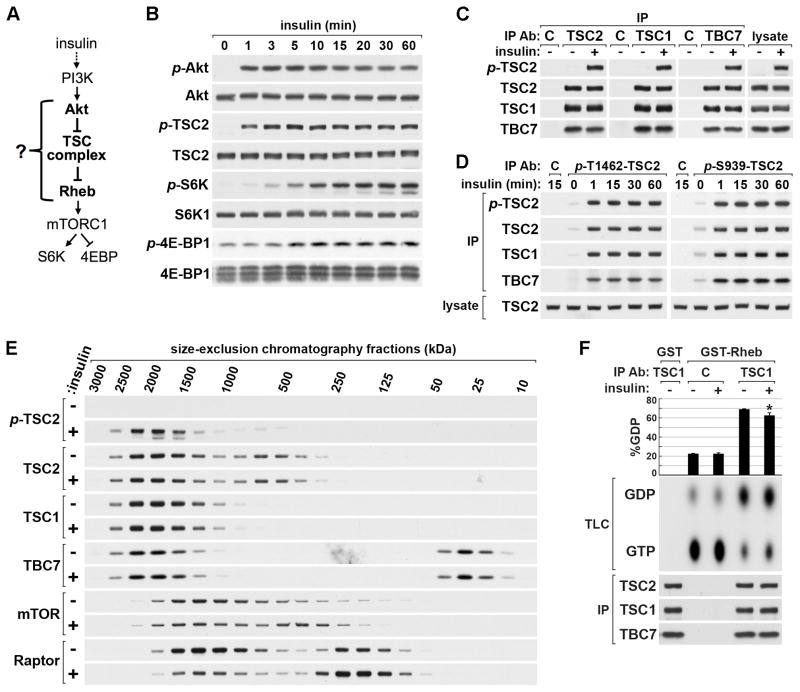Figure 1. Insulin signaling acutely stimulates mTORC1 without effects on TSC complex stability or a block in Rheb-GAP activity.
(A) Schematic of the Akt-TSC complex-Rheb circuit through which insulin activates mTORC1.
(B) HeLa cells were serum starved then stimulated with a time course of insulin.
(C,D) HeLa cells were serum starved then stimulated with insulin (15 min) prior to lysis and immunoprecipitation with antibodies to TSC2, TSC1, and TBC1D7 (C) or phospho-TSC2-T1462 and phospho-TSC2-S939 (D).
(E) Lysates from cells treated as in (C) were fractionated using size-exclusion chromatography. Estimated molecular weights (kDa) for fractions were calculated from a standard curve (Figure S1E).
(F) Endogenous TSC complexes immunoprecipitated with a TSC1 antibody, or IgG control, from lysates of cells treated as in (C) were subjected to Rheb-GAP assays using recombinant GST or GST-Rheb preloaded with GTP[α-32P]. Rheb-bound GTP and GDP were separated by thin-layer chromatography (TLC). The percentage of conversion to GDP (GDP/GTP + GDP) are graphed as the mean of three independent experiments ±SEM. *p<0.02 compared to TSC1 immunoprecipate from unstimulated cells.

